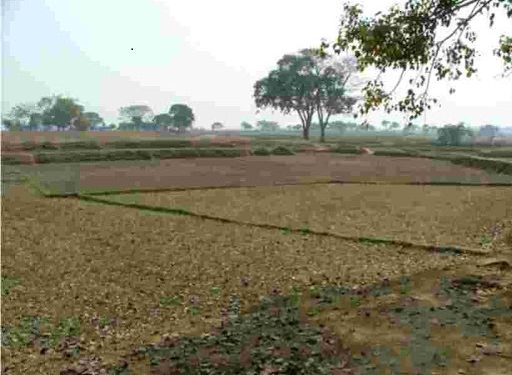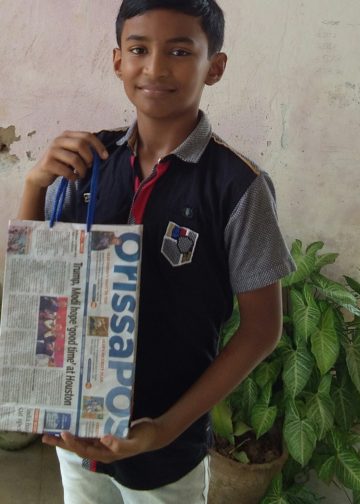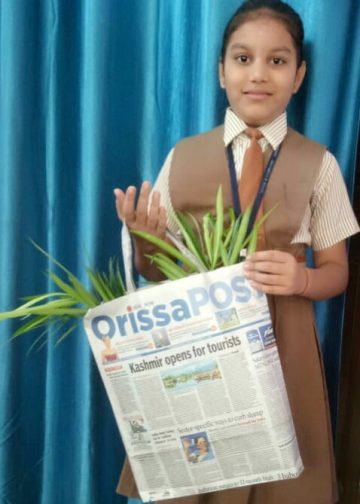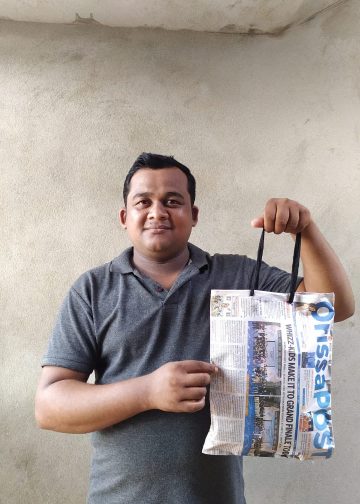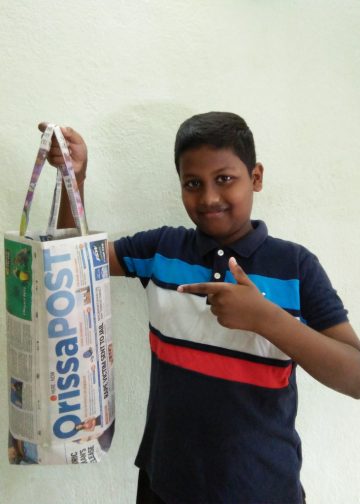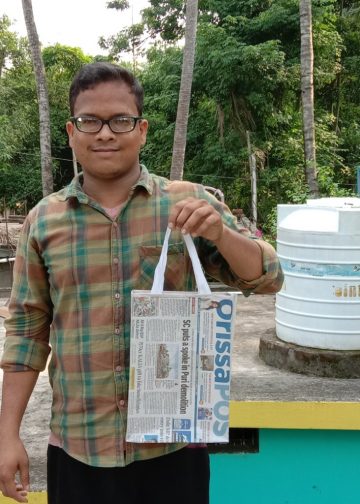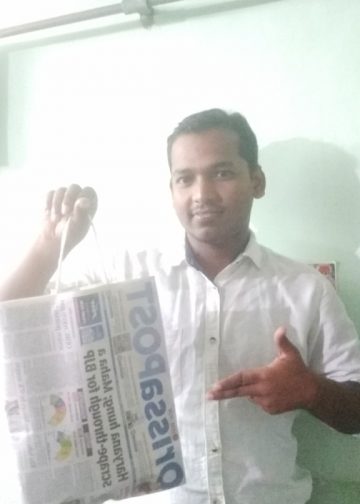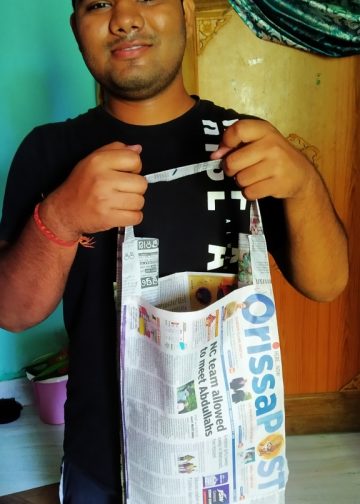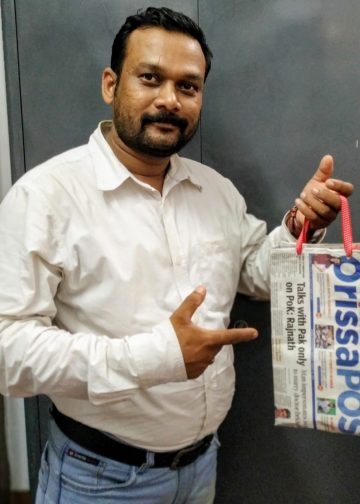Odisha has about cultivable land of 6.5 million hectares of out of the total geographical area of 15.6 million ha – 41.16 per cent. Main crop rice is cultivated in 3.8 million ha which accounts for 75-80 per cent of the total cultivated area, as per Odisha Agriculture Statistics 2013-14.
However, it has been a concern that a large portion of potentially productive cropland remains fallow during the winter (Rabi) season after the Kharif crop is harvested. This happens due to several constraints. Around 2 million hectares remain fallow in the winter season in Odisha.
Constraints that create fallow lands:
- Lack of irrigation, mostly in plateaus and tablelands
- Stagnant water causing water-logging in coastal low-lying areas
- High soil or water salinity in coastal zone
- Cultivation of long duration paddy varieties
- Lack of residual moisture at planting time of winter crops
- Non-availability of quality seeds of rice and pulses
- Social constraints like lack of knowledge and traditional mind-sets of farmers, customary aspects of leaving the cattle for open grazing during dry season among others
Late harvest of Kharif crop or excessive soil wetting after rice harvest leads to delayed planting and low productivity of Rabi crop. Considering all these issues, the major challenge for the state is to increase the productivity and profitability of these lands. Bringing these fallow lands into cultivation could substantially improve food production and enhance the livelihoods of rural communities. Availability of drought, flood, and salt-tolerant rice varieties and short-duration pulse crops, along with improved agronomy, water management and mechanisation and technology targeting using GIS and remote sensing, significant numbers of potential rice-fallows can be brought under cultivation.
Once the Kharif paddy is harvested, the fields which are suitable for taking up a second crop with available residual soil moisture or through optimum use of irrigation water can be explored further. Potential crops for rice fallows could be a pulse, mungbean, lentil, urd bean, lathyrus, mustard and groundnut and other crops. A detailed characterisation of resource profile is needed to efficiently target these potential fallows.
Therefore, The International Rice Research Institute (IRRI) has identified and recognised this problem and has strategically placed a well-designed initiative called ‘Targeting Rice-Follow’ under IRRI-Odisha project – “Increasing Productivity of Rice-based Cropping Systems and Farmer’s Income” with support from Agriculture and Farmer’s Empowerment department.
Moreover, IRRI experts are continuously engaged in delivering geo-spatial solutions through ‘extrapolation domain suitability maps’ based on optimal soil moisture availability period and different other parameters for targeting Rabi crops and disseminate stress-tolerant varieties (STRVs) with improved cropping systems to target the potential rice-fallows and Kharif fallows under multi-stress prone zones of Odisha.
The Rice-follow agronomical interventions are involved with small and marginal farmers by conducting the pulses cluster demonstrations and adaptive trials in the farmer’s field. The interventions are carried out with support from research collaborative partners Odisha University of Agriculture & Technology (OUAT) and National Rice Research Institute (NRRI), NGO partners and progressive & women farmers.
What the interventions aim at
- Suitable pulse crops recommendations for rice-fallows, depending on the available soil moisture, soil type, temperature regime of the area in different districts of the state
- Inclusion of new short duration, high-yielding, disease-resistant pulse varieties in rice-based cropping systems for better yield
- Targeting the rice-fallows by intensifying with pulses leads in enhancing the farmer’s income
- Test, evaluate and recommend different improved crop management practices to increase productivity
- Ensuring participation of women farmers in the farming system
High-yielding crops for rice-fallows:
- Rice: Sahbhagi Dhan, Bina Dhan 11, Swarna Sub 1, and DRR 44
- Black gram: VBN 8, PU-31, and PU-35
- Green gram: IPM 2-5-7 (VIRAT), SIKHA (IPM 410-3) IPM 02-14, IPM 99-125 (Meha), IPM 02-3, and MH 421
Agronomical interventions: With improved management practices of pulses (green gram & black gram), the following agronomical interventions are being promoted:
- Farmers practices (Broadcast without fertiliser application)
- Improved practices (Line sowing + Seed treatment with FIR i.e., fungicide, Insecticide and Rhizobium + RDF)
- Improved practices + Seed treatment with Trichoderma along with PSB and sodium molybdate
Collaborating with CGIAR institutions for Multi-Institutional Trials: Under the “Multi-Institutional Trials on Rice-Fallow”, the initiative led by Indian Council of Agricultural Research (ICAR) and Union Ministry of Agriculture, five crops – sweet potato, black gram, green gram, chick pea and pigeon pea) have been demonstrated by four different CGIAR organisations along with IRRI in several districts of Odisha.
Several steps are also being taken to reach out to more number of farmers for rice fallow interventions
Hence, an integrative approach of advanced remote-sensing and geospatial analysis-based targeting method dovetailed with cropping system-based research can ensure increased income of farmers and allow considerable scope to improve the productivity of rice-based system.
Deepti Saksena, Specialist-Communication and Pavan Kumar Yeggina, Specialist-Geographical Information Systems

